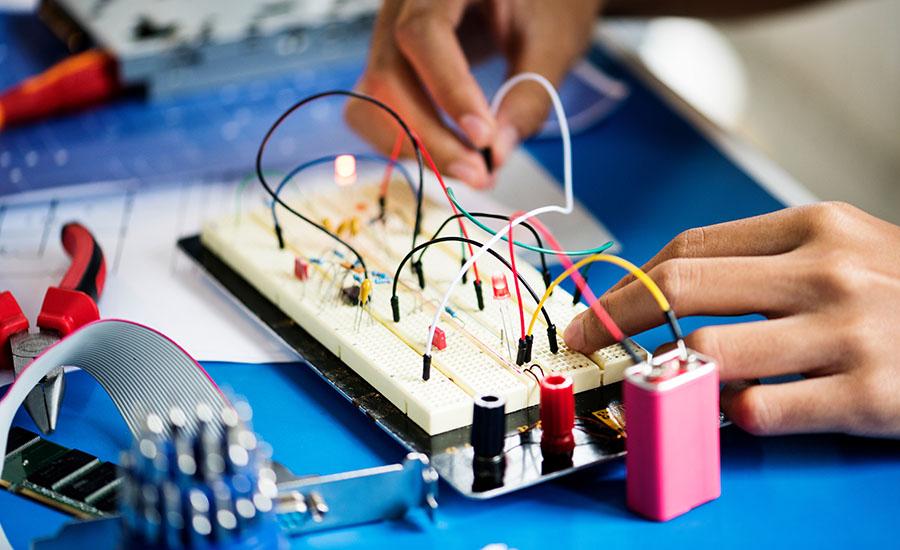
Circuitry Unit: Lesson 1 Creating Open and Closed Circuits
This is lesson one for a unit plan on circuitry. In this challenge, students will be tasked with planning, designing, and testing both open and closed circuits. To make things more interesting, they will be given a scenario involving a fictional alien who has crash-landed on Earth and needs help fixing his spacecraft. The alien requests that the students work together in a team to use an energy stick to test different electrical pathways to reconnect the power switch needed to start the engine of his spacecraft. The students are instructed to create several possible circuit pathways while considering different shapes, distances, and heights to avoid potential issues while the spacecraft is flying.
The class will use Steve Spangler's Giant Energy Stick as the primary material to conduct the investigation. They will hold hands to create a closed circuit, allowing the electricity to flow from one person's hand, through the stick, and into the other person's hand, completing the circle. The students will then hypothesize whether different parts of the body, larger or smaller surface areas being connected, or varying heights will affect the closed circuit. The required materials for the investigation include Steve Spangler's Giant Energy Stick, a poster board or a whiteboard, and markers.
Lesson Grade Level
4th GradeLesson Plan Link/URL
https://docs.google.com/presentation/d/1BmwvpWxPrYJB5lzth3aFcAfLi3WlGNt4UGLyT-t…Related Content

In this first part of a three part unit, students explore the phenomenon of an LED light and a coin battery. They will discover the difference between a closed and open circuit, using a STEM journal

In this lesson the students will apply the knowledge of thermal energy to design, build and test a container that keeps cold beverages cold.

Engineers often create small-size models of a new product to test its design. This is especially true with airplanes. Model testing tells engineers how a design responds to different air conditions